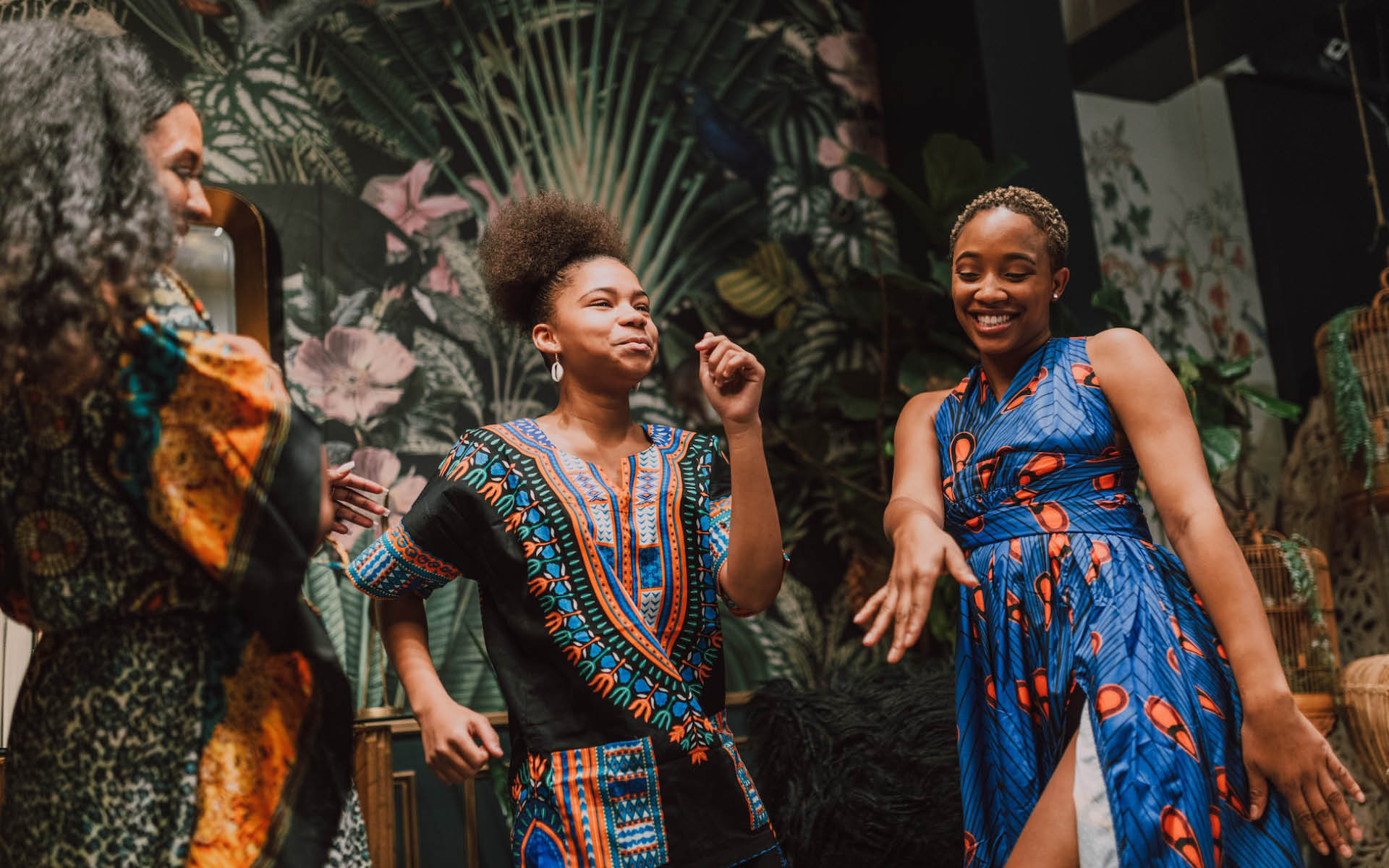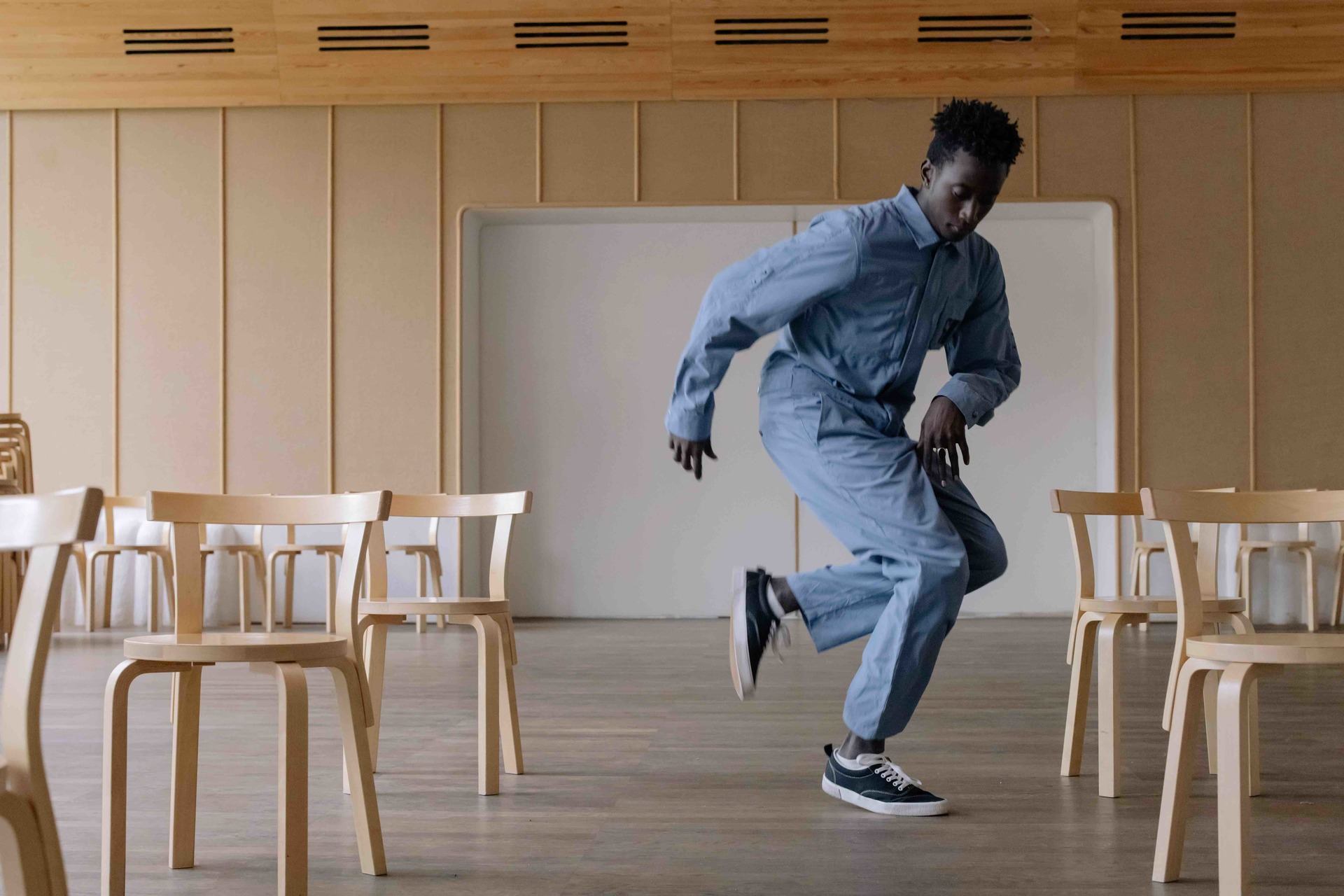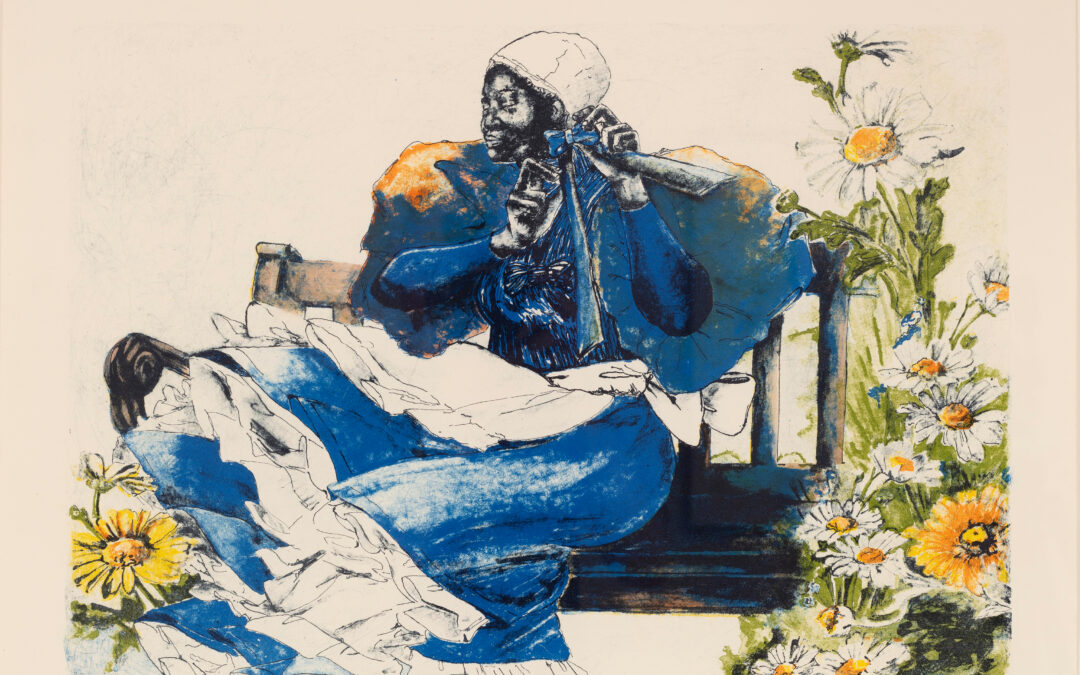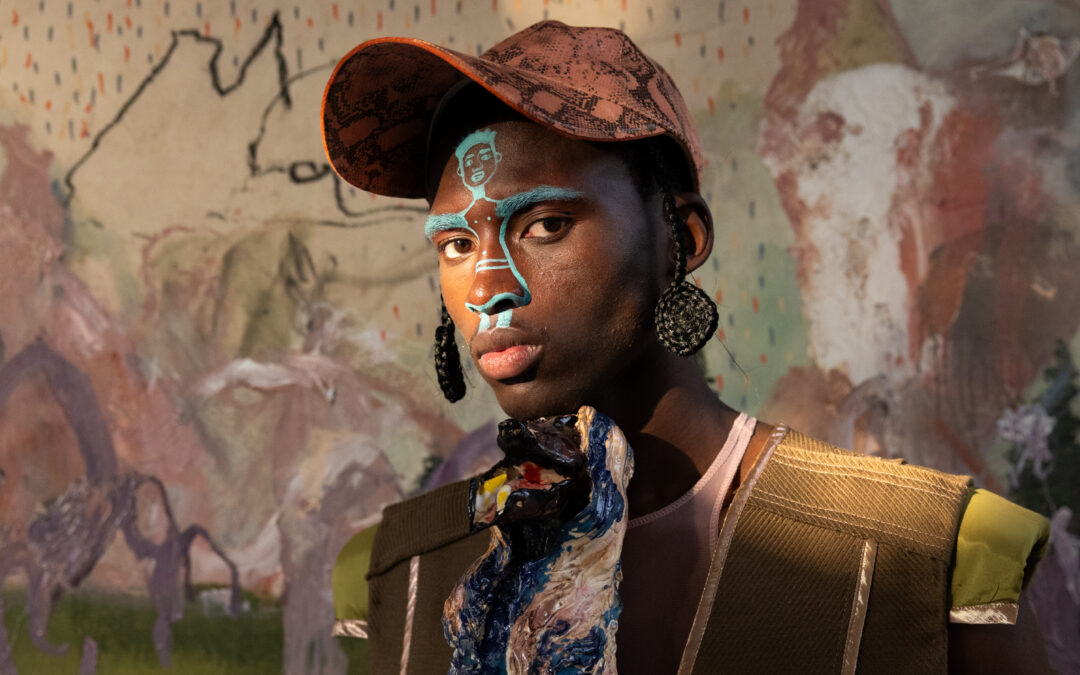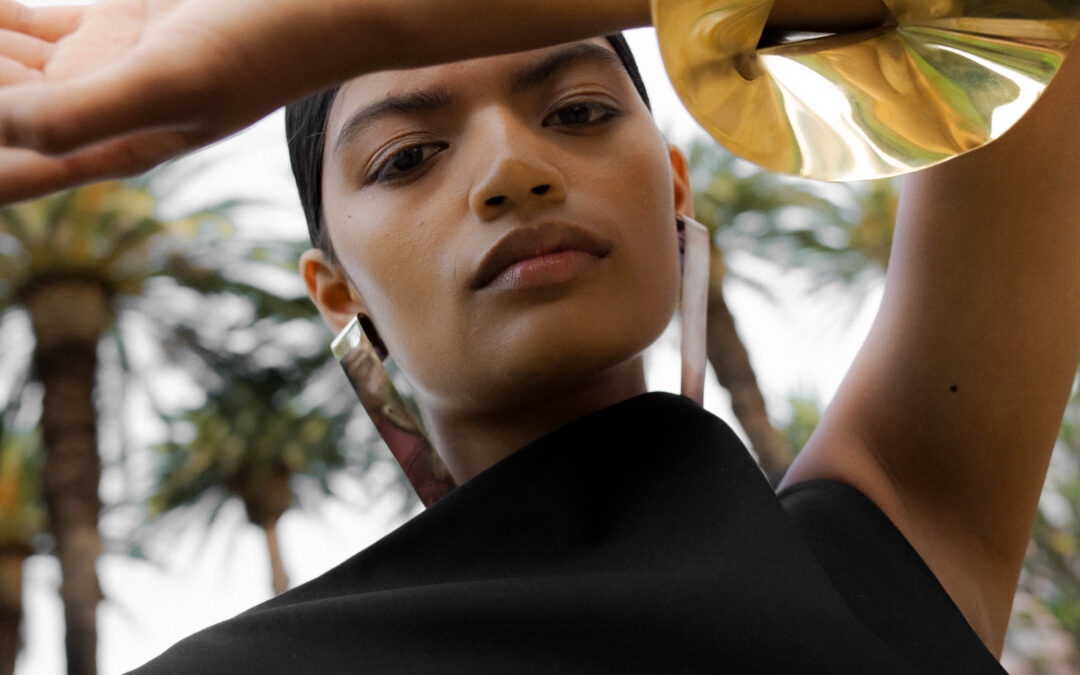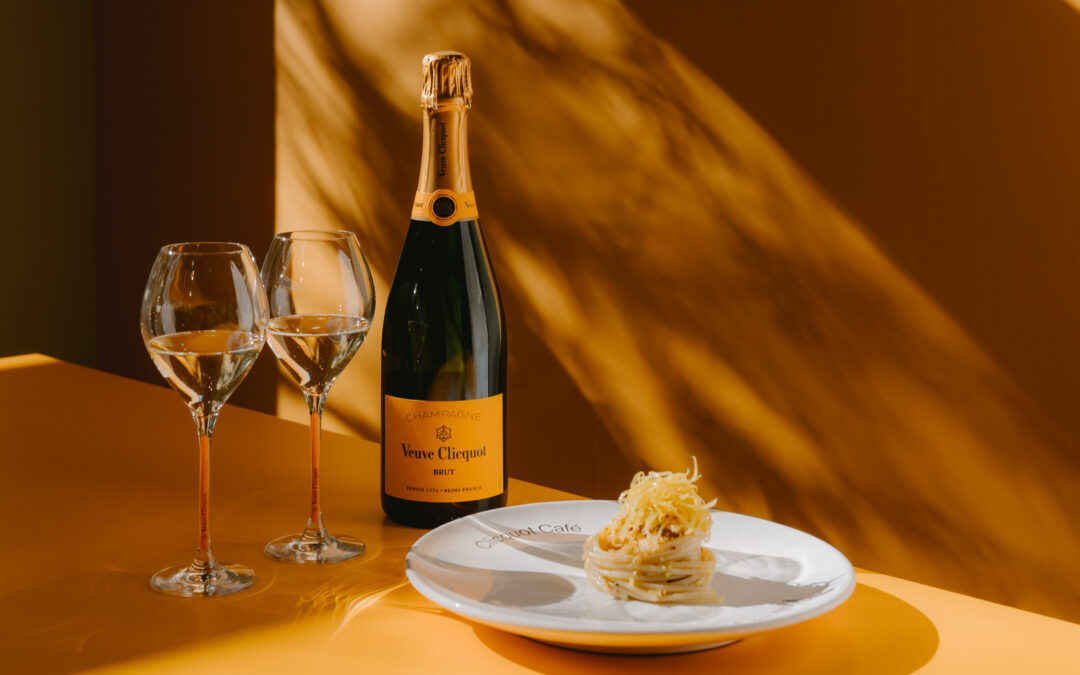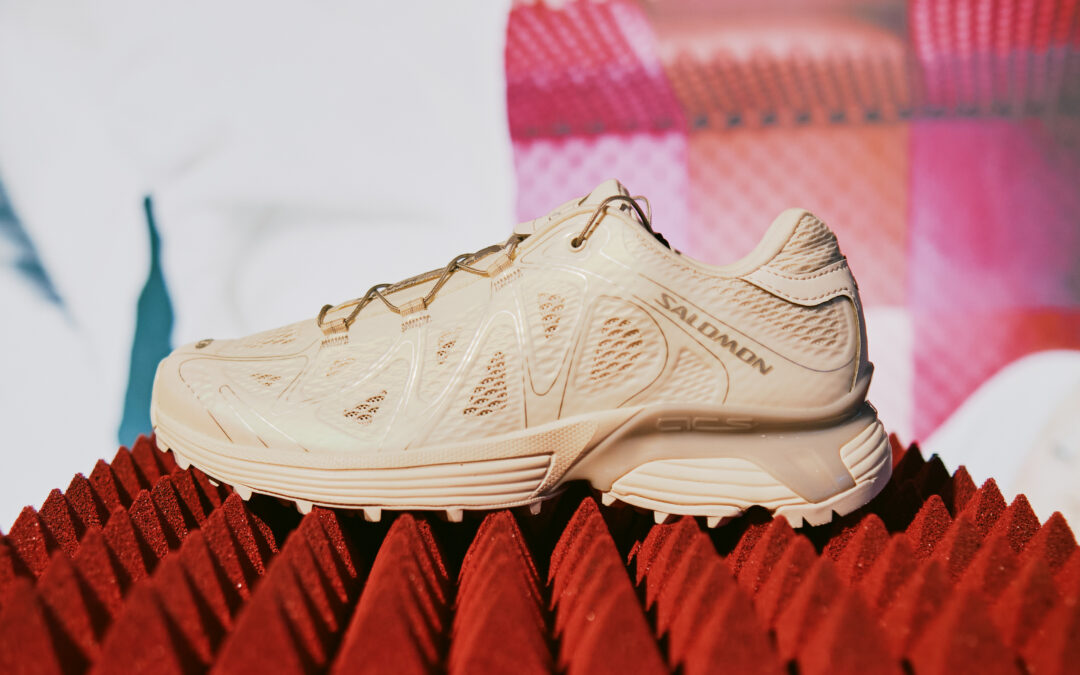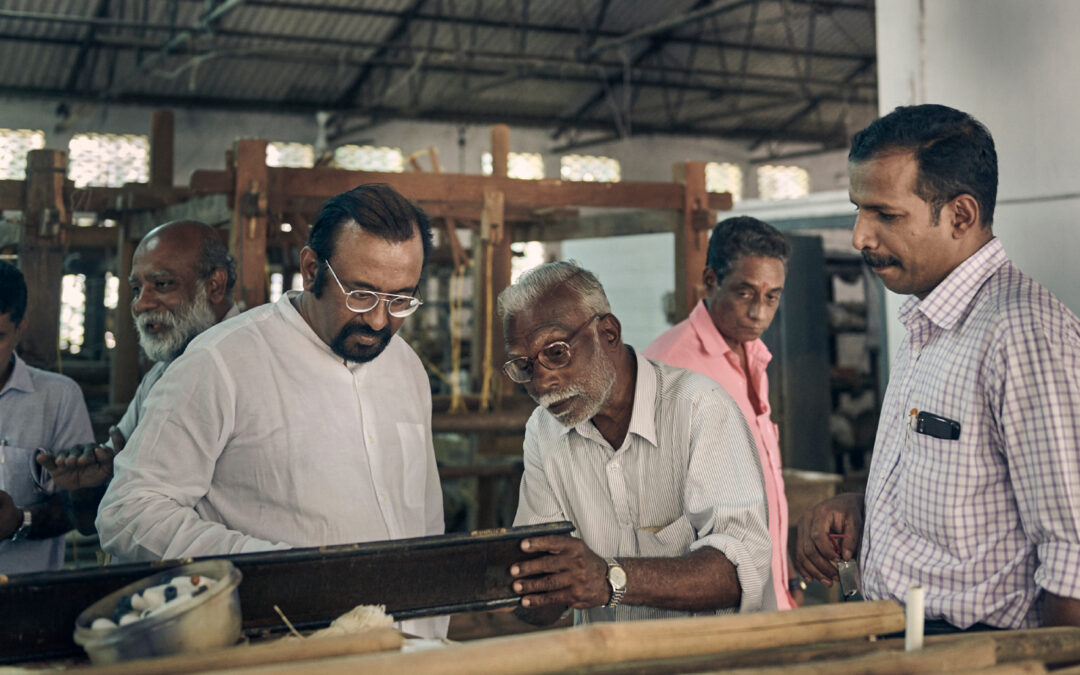In the famous words of T’zozo “Ukujaiva, ngakqala ngimgaka (sho) ngabamgaka manje sengimgaka” which loosely translates to “Dancing? I started that when I was yay tall, now I’m here!”. It’s no secret that the everyday Mzansian could easily audition to become the new dance captain of Beyonce’s crew, we’ve even seen this first hand in her forever revered music video, ‘Who runs the world (GIRLS)?’ where Bey is seen stepping swiftly into the beloved pantsula academy. Although famous for isipantsula, South Africa isn’t like most other countries – it is not limited to one to two or three nationally recognised dances. Many would even argue that people from this country came out of the womb dancing. In a country of 11 official languages, it only makes sense that there is one language that is fluently understood and spoken across the board; the language of rhythm.
The history of dance in Mzansi predates that of us avid readers, going as far back as since the stretching of the first animal skin drums. Africa has had an unbreakable connection with the sound known as “isigubhu’’ – a dance that makes for an iconic storytelling combo, now clearly seen with the sensational amapiano’s ‘logdrum’ takeover. Throughout the ages, song and dance have not only been a source of entertainment but also a way to document history and relay messages, making it easier to pass on the vital information that helps preserve culture as generations transition from one era to another. Warriors did it with spears and shields en route and on the battlefield and once that dust settled, the women did it with a sultry shuffle and sway by the watering holes. Later on during the jazz-centric the mid-1900’s pata-pataring was happening all over by local taverns and shebeens and was a cultural, creative expression of the struggle for freedom.
By Cotton Bro Studio, courtesy of pexels
Amongst the many movements shaking up everyday life, most – if not all – of the country’s most groundbreaking dances stem from Black communities and townships taking ownership of their creative talents. Where they were once stifled under Apartheid law that forbade cultural expression and the intermingling of tribe and race, while restricting freedom of movement and self-actualisation, dance represents more than just the joy we experience as a people; it is our liberation. Dance and the enjoyment of it at the time was a profound form of rebellion. We see this with the more frank jump-step protest dance famously called toyi-toyi formed by people of South Africa as a phalanx against their then oppressors. Even in its evolution, dance is still seen as a tool to express and help document the times. One of the youngest of them all is the dance style that stems from the musical genre Amapiano – a slower-paced chimaera of deep house’s vast terrain and kwaito’s unabashed calls for expression – the Amapiano dances encapsulate that right now, the aim is not to sweat in a harsh working covid stricken economy. During a time of hustle culture with little to no reward, don’t sweat.
A natural healer is what dance is to the people and the proof is in the science, as written by health professionals on Dance – health benefits. Dance is a medicine that has no age restrictions, from gogo to your newborn.
Movement is meditation. Dance can improve your body image and through learning different moves that coincide with your musical faves, one will soon realise that good dancing doesn’t come with mastering the latest TikTok trend but rather, it’s about feeling good and comfortable in your bodily capabilities. It also encourages social bonding which is perfect for the socially anxious. When no words need to be said and just a shared joy over a fire tune is your ice breaker, the rest is easier to manoeuvre regardless of age, race, class or sexuality. They don’t call it ebumnandini (where the fun is at) for nothing. It’s said to be able to ward off dementia, as detailed in this piece on Dancing and Brain Health and this is probably why a lot of doctors recommend dance therapy among other body conscious activities like swimming and cooking, as ways to help retain the memories of their patients. I assume from the multiple senses stimulated during the advised activities, one’s memories can easily be triggered through an old song, smell or movement made in their younger years. Kind of like how I still have that random jingle stuck in my head that takes me to the summer of 2002 every time that I randomly think of it.
Dance is also said to be able to facilitate a spiritual experience or at least foster emotional competence – dancing turns emotional experiences into art. So whether you’re dancing for rain or dancing because you’re in a rainy season in your life, know that keeping it moving and popping is a step in the right direction. Just shake it off and if not, shake with it!
Today dance has taken a whole form of its own, thanks to platforms such as TikTok and their constant nudging to ‘get out of your comfort zone’ with challenges such as ‘jerusalema’ (which took the world by storm) or the Bacardi Original ‘bheba’ which is now evolved to South African songstress’ Tyla and her Water challenge, created by Tyla’s choreographer Lee-che´ Janecke. Dance challenges are now competitive and new moves are picked up and adapted much quicker than ever. South Africa is still proving itself to be a leading contentender in this category, deservingly so and we have so many homegrown faves to thank for this. Starting with the late and ever charismatic Costa Titch and Killer Kau who, even though they’re gone too soon, have left legendary steps in the dance community of this country. One can only imagine the impact awaiting had they been honoured with more time on this earth. We also give mention to game changers such as Bontle Modiselle and Tarryn Alberts who started their own academies spreading the spirit of umjaivo to anyone willing to learn.
Along with Kamo Mphela, Lorica Cooper, Musa Motha, Trompies, Babes Wodumo, Lebo Mathosa, Somizi, Thuso Phala, Motsi Mabuse, Teboho “Tebza” Diphehlo, Lindi Mlaba, Gregory Maqoma and so many more…
The list is endless because like I said, it would seem that rhythm simply flows in the veins of the everyday South African.This is a language that precedes us and will continue to do so generations from now, because that’s what we Mzansians do: we not only keep moving forward, we shake things up along the way.
For further reading:
Dance culture in South Africa
South African dance – News, Research and Analysis
How South Africa’s Dance Floors Provide Hope and Safety in the Face of Oppression
Written by: Thandiwe Magwaza

